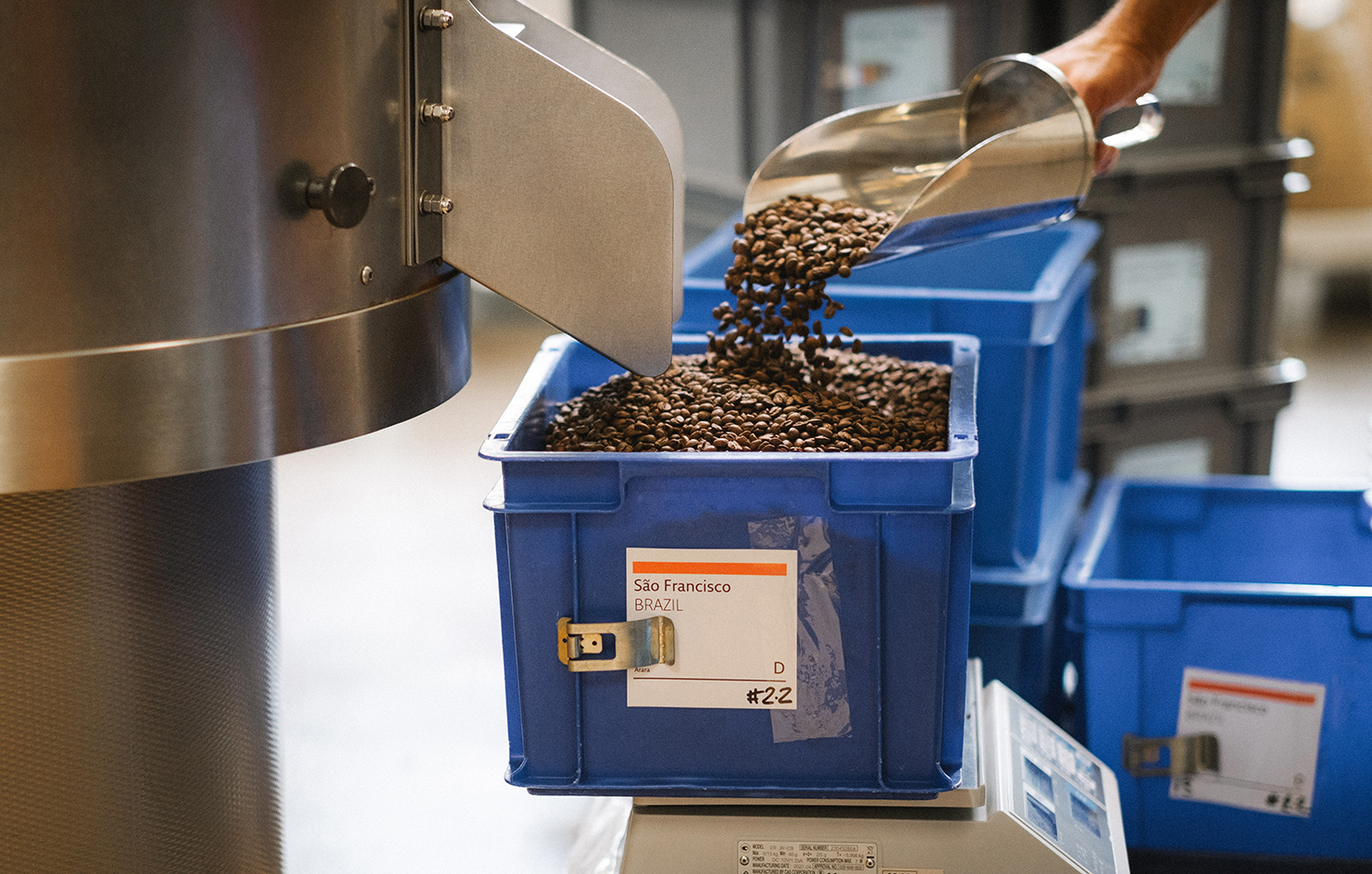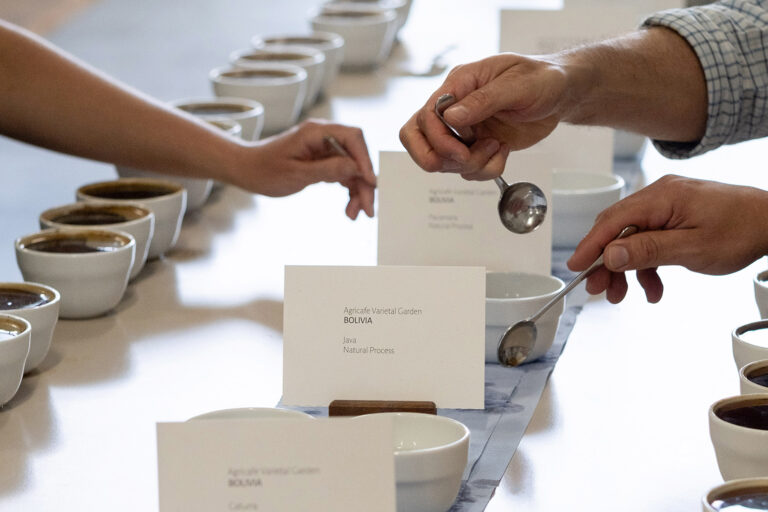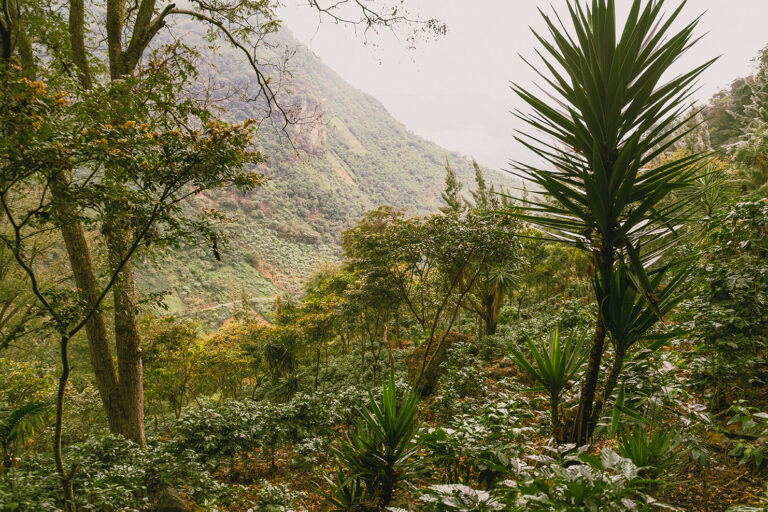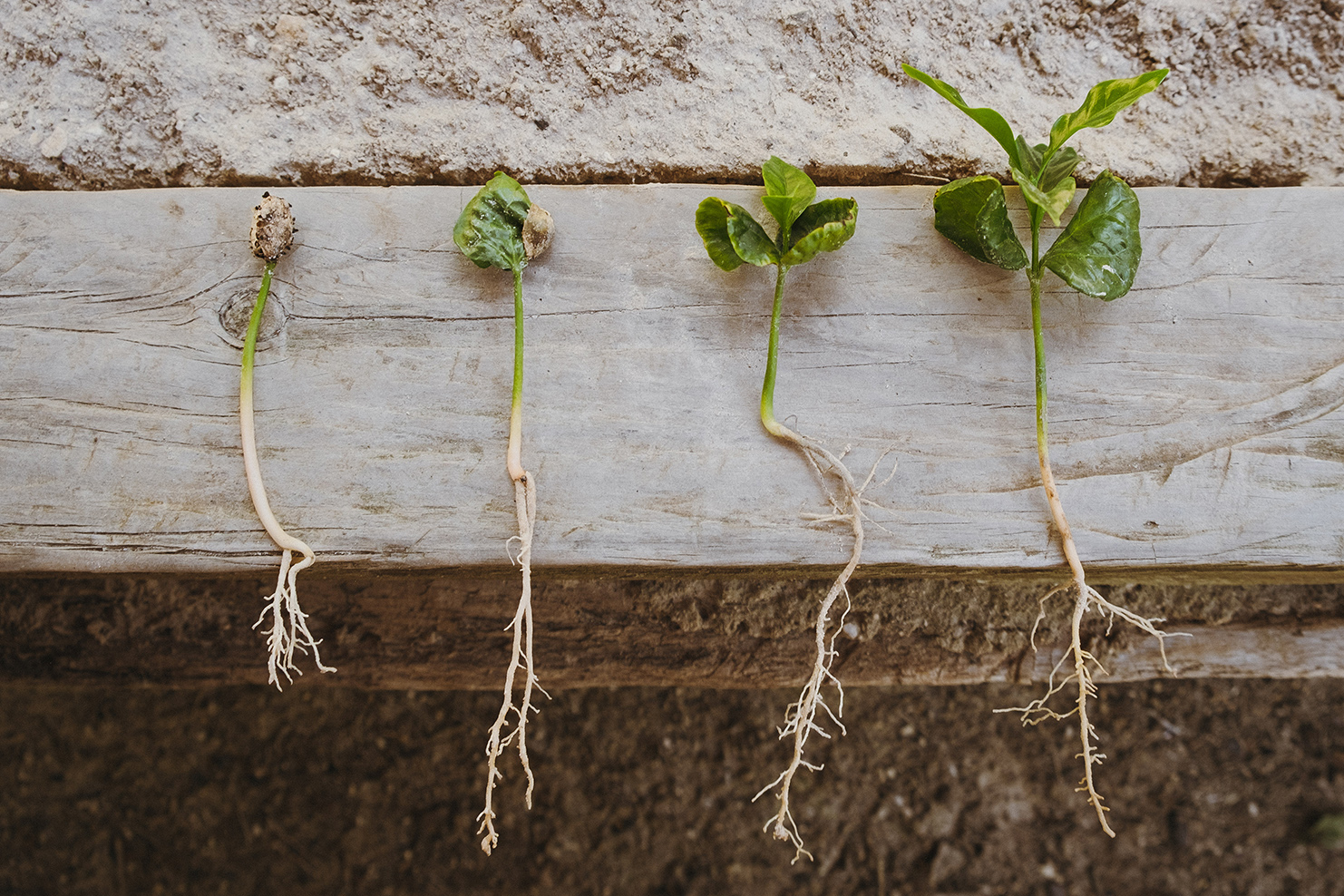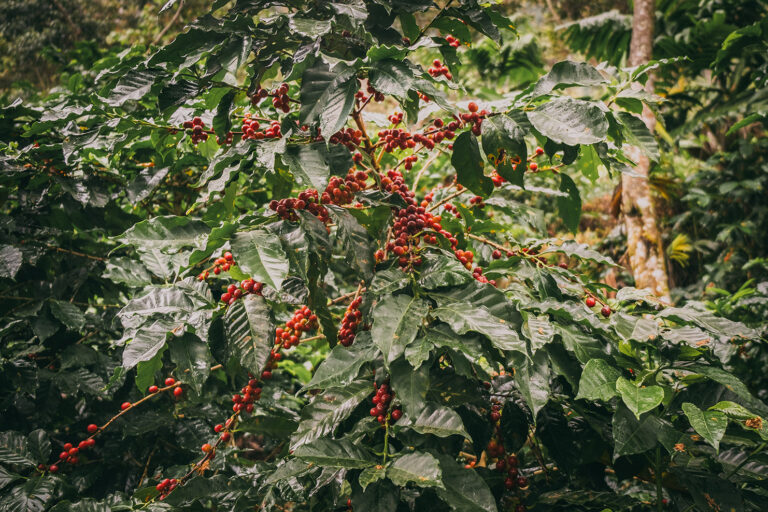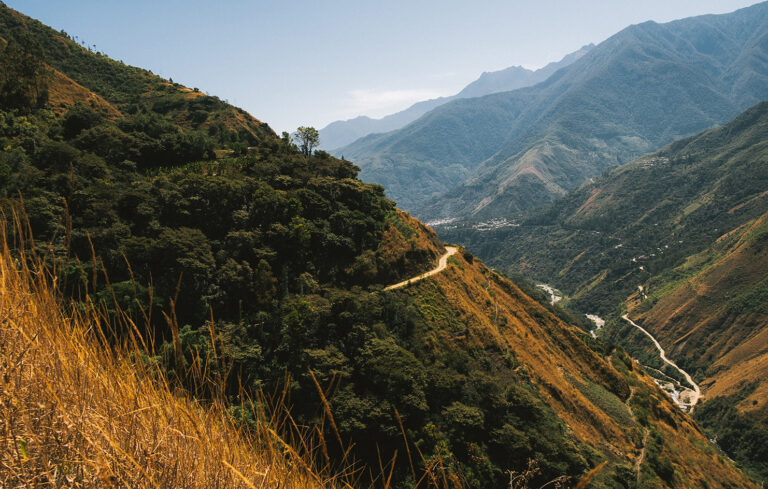
It has been an exceptionally busy time for our green coffee team over the last three months with plenty going on here in London and at the farms in Central and South America.
Starting in London, the summer months saw the last of the new crop shipments arriving from Central America and it’s all go on the tasting table checking the arrival samples. We shipped thirteen coffees from ten different farms in Guatemala, some of which have already been and gone from the counter at the time of writing! Four coffees arrived from El Salvador, the first of which – La Divina Providencia – is on the counter now. And lastly, three coffees from Ethiopia arrived – Suke Quto which will be available soon, along with Tibebu Roba and Alemayehu Daniel which are due on the counter in the new year. It’s a bit of an awkward time in shipping generally – containers are out of place and shipping routes are subject to change at short notice. We are allowing a bit more time than we usually do for containers to arrive as we are finding that a fair few of them are taking a circuitous route to get to us.
In Costa Rica and Guatemala, we have been catching up with many of the farmers from whom we buy. It is post-harvest tidy up time in the coffee growing regions there, and a nice opportunity for us to have a chat and learn about the plans for next year. We have also been planning our buying for the next crop which will be harvested in early 2026.
We had a very interesting trip to Peru in early summer visiting Cultivar, the export team we work with, and scouting some new farms and cooperatives. We are searching for a particular flavour profile which we hope to find in Peru – more on this in a future newsletter.
And lastly, we have been buying new crop coffee in Colombia, Bolivia and Brazil. First up we have confirmed three containers of coffee from Colombia. From the main crop we bought 20 coffees from Nariño, one from Tolima, and one from Cundinamarca; from the mitaca crop we bought seven coffees from Huila. These coffees are shipping right now. Also shipping now are the ten coffees we bought from our good friends at Agricafe in Bolivia. We’re always delighted to visit Bolivia and taste through the crop. The Agricafe team are continuously making improvements and it’s exciting to try the results of their experiments. In September we wrapped up our summer buying trips in Brazil. The annual Brazil trip is not for the faint-hearted. We tasted 160 coffees, selecting and refining that selection until we have reached our contract numbers.
There will be no rest for the green team heading into Christmas, with buying from the main crop in Huila (Colombia), and a planned trip to see Tesfaye Bekele from Suke Quto (Ethiopia). And there will be plenty of tasting of the arrival samples of all the coffee bought during the summer.
Monmouth x

